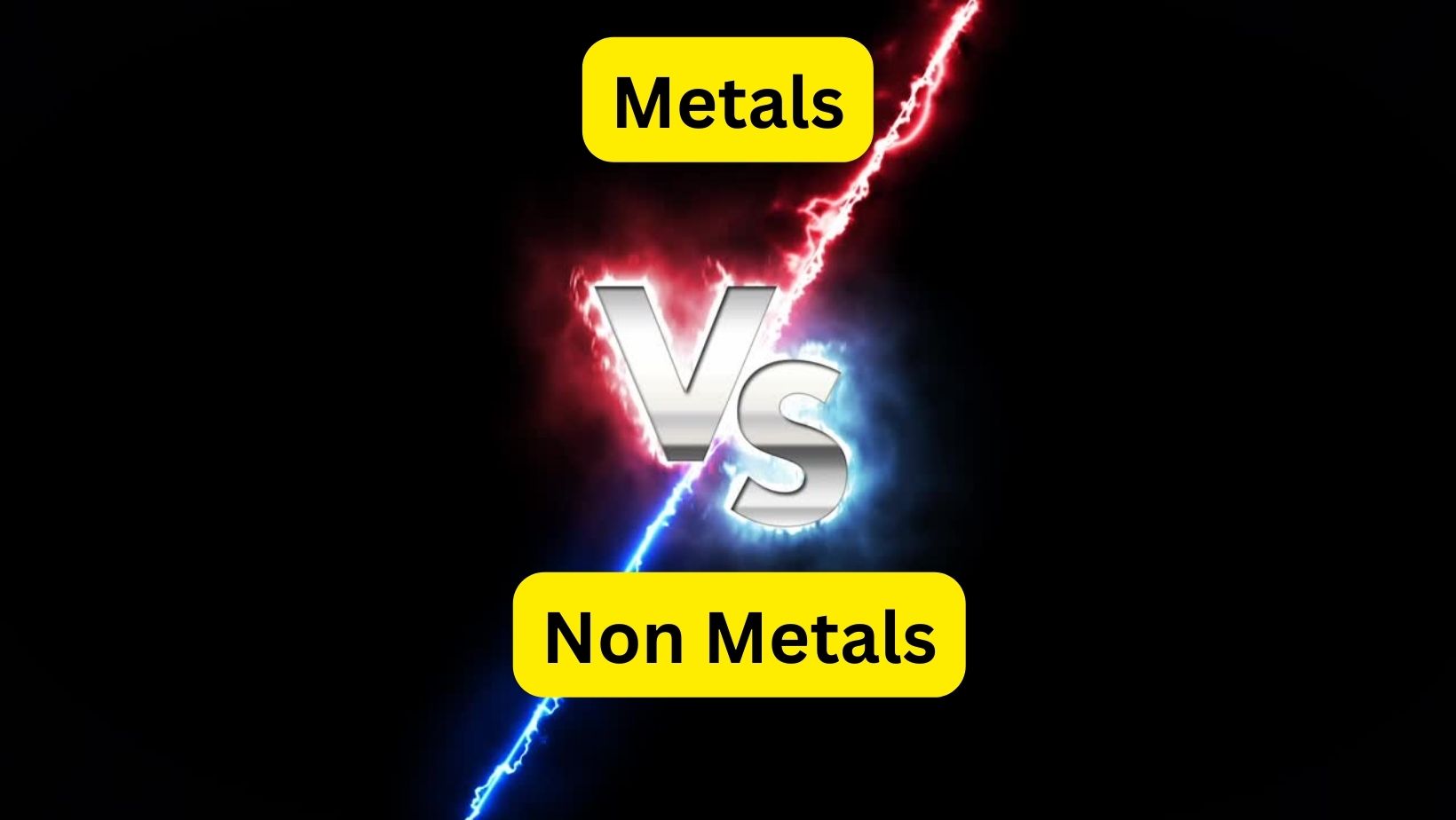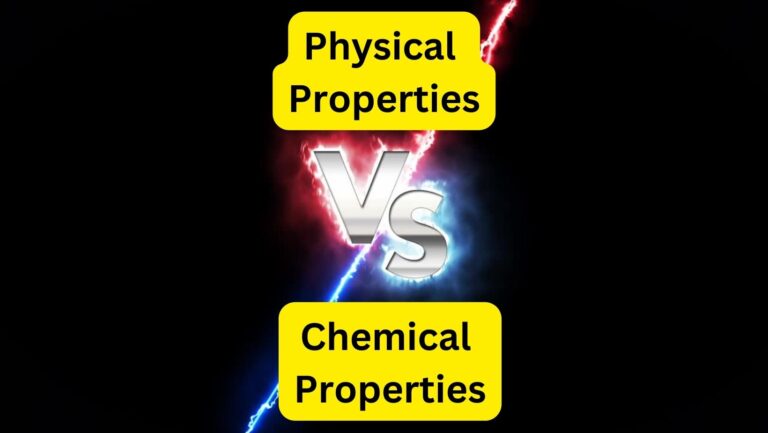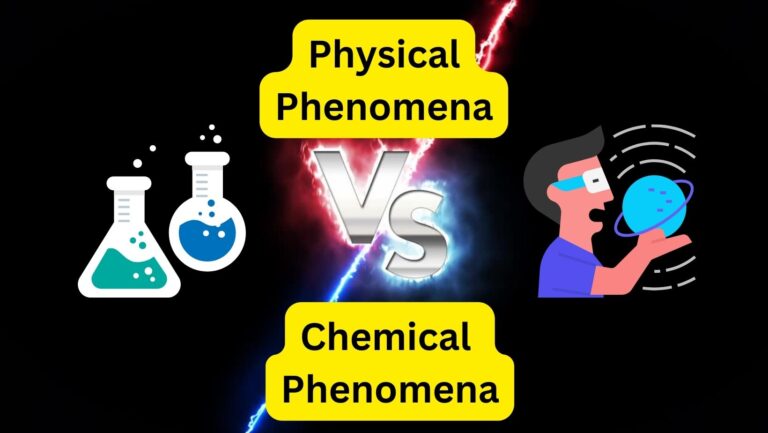
Chemical elements are classified into metals and non-metals. Metals are substances that conduct electricity, can form sheets or wires, and have a luster. Nonmetals are all those substances that do not conduct electricity, are fragile to handling or are gases. Let’s check below the difference between metals and non metals.
Difference between Metals and Non Metals
The main characteristic that differentiates metals from non-metals is the ability to conduct electricity. There are elements that look like metals, but react like non-metals. These elements are known as metalloids and are boron, silicon, germanium, arsenic, antimony, tellurium, and polonium.
Of the 118 elements on the periodic table, metals make up 80% of the elements. Here are the elements of the periodic table and their corresponding classification as metals, non-metals and metalloids:
What are Metals?
Metallic elements are those that have a tendency to give up electrons and can conduct electricity. They also have a characteristic shine, are malleable and ductile.
They are located on the left side of the periodic table, with the elements further to the left being the ones with the most metallic character.
Metals can be classified into:
- The alkali metals are the elements lithium, sodium, potassium, rubidium, cesium, and francium.
- The alkaline earth metals are the elements beryllium, magnesium, calcium, strontium, barium, and radium.
- Transition metals are those found in the central block of the periodic table, and they include copper, gold, silver, and platinum, among others.
Characteristics of Metals
- They conduct electricity: they allow the movement of electrons through the material.
- Its valence electrons move freely: electrons in the outermost shell of metals can move freely.
- They are prone to losing electrons: when metals react they usually lose electrons.
- They are reactive: the chemical reactivity of metals increases going down the group, but decreases throughout the period.
- They are joined by metallic bonds: metals establish metallic bonds with each other, a sea of electrons that “walk” between the nuclei of atoms.
- They are solid at room temperature: most metals are solid, except for mercury Hg, gallium and cesium which are liquid at room temperature.

Examples of Metals
Aluminum
It is the most abundant metal in the earth’s crust with a light, silvery-white luster whose atomic number is 13. It is a solid that melts at 660 ºC. Aluminum is extracted from bauxite, a form of hydrated aluminum oxide.
It is widely used in kitchen utensils and industrial applications for its high resistance to corrosion.
Barium
It is a metal with atomic number 56, belonging to the alkaline earth metals. It is a solid that melts at 727ºC, discovered in 1808 by Humphrey Davy. It is obtained from barite, a salt of barium sulfate.
Barium in pure form has a silvery appearance like lead.
Beryllium
It is the fourth element in the periodic table, belonging to the alkaline earth metals. It is a solid that melts at 1287ºC and is found in the composition of emeralds and aquamarines.
Bismuth
It is a white, crystalline, brittle metal with atomic number 83, long mistaken for tin or lead. It is the most diamagnetic of metals and with the least capacity to transmit heat. Bismuth is used to make alloys to coat objects that can be damaged at high temperatures, such as fire detection equipment or fire extinguishers.
Calcium
It is the fifth most abundant metallic element in the earth’s crust. It has a silver color, is a hard solid, with atomic number 20. It is part of the alkaline earth metals and is a constituent of important biological structures, such as bones, teeth and shells.
Cesium
It is the most electropositive and most alkaline metal. It is in a liquid state at room temperature, along with gallium and mercury. Cesium explodes on contact with water and has a high affinity for oxygen. It is used in atomic clocks.
Chrome
It is one of the transition metals, with atomic number 24, solid that melts at 2671 ºC. Chromium is used to harden steel, give it a hard, shiny surface to prevent corrosion, and in glass manufacture to give it its green color.
Copper
It is one of the most important metals for humans, who have used it for more than 5000 years. Its metallic reddish shine stands out as well as being malleable and ductile, which allows its use in the construction of jewelry, kitchen utensils and electrical supplies.
Iron
It is the most common metal on Earth, as it forms much of the planet’s core. Its atomic number is 26, it is hard, brittle, and solid that melts at 1538 º C. Iron is part of the oxygen transport systems in living beings. In its pure state, iron is highly reactive and corrodes rapidly in humid environments.
Gold
It is the most malleable and ductile metal, of great beauty in its purest form. Its atomic number is 79 and it belongs to the transition metals. It is a good conductor of electricity and heat and resistant to corrosion. It was used as currency and is now the standard in the monetary system of many countries.
What are Non Metals?
Non-metallic elements are all those elements that do not fit the characteristics of metals. Among the non-metals we find halogens, noble gases, hydrogen, carbon, nitrogen, phosphorus, oxygen, sulfur and selenium.
They are located on the right side of the periodic table, separated from metals by metalloids.
Characteristics of Non Metals
- They do not conduct electricity: non-metallic elements are poor conductors of electricity.
- Their valence electrons are restricted: the electrons of nonmetals are more restricted in their movement.
- They are prone to gaining electrons: the atoms of non-metallic elements when they react tend to accept electrons from other elements.
- They have reactivity: the chemical reactivity of non-metals decreases in the group, but increases in the period.
- They form covalent bonds with other nonmetals: Nonmetallic elements tend to share their electrons in the valence shell with other nonmetals, forming covalent bonds.
Examples of Non Metals
Bromine
It is the only nonmetal element found as a reddish-brown liquid at room temperature. Its atomic number is 35 and it belongs to the group of halogens. It is used to make fireproofing agents, water purifiers, colorants, medicines, and disinfectants.
Carbon
It is the non-metallic element with the greatest capacity to combine with other elements, key to the construction of biological molecules. It is found free in nature as diamond and graphite. In the atmosphere it is found combined with oxygen as carbon dioxide.
Chlorine
It is a greenish-yellow gas, with atomic number 17, belonging to the group of halogens. It is found in nature combined with other elements, such as common salt NaCl. Chlorine compounds are widely used throughout the world, as disinfectants, bleaches, and water purification, among others.
Fluorine
It is the most electronegative and reactive element, it belongs to the group of halogens, with atomic number 9. It is a pale yellow corrosive gas in its pure state.
Helium
It is the second element in the periodic table and the first in the group of noble gases. Its name is derived from the Greek helios which means “sun”, where it was first identified in 1868. Along with hydrogen it is the most abundant element in the entire Universe.






